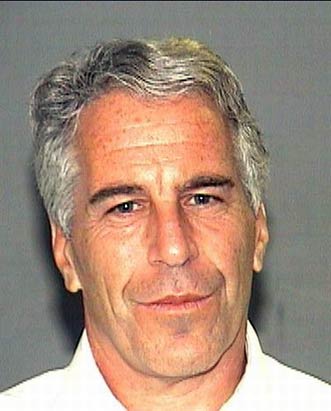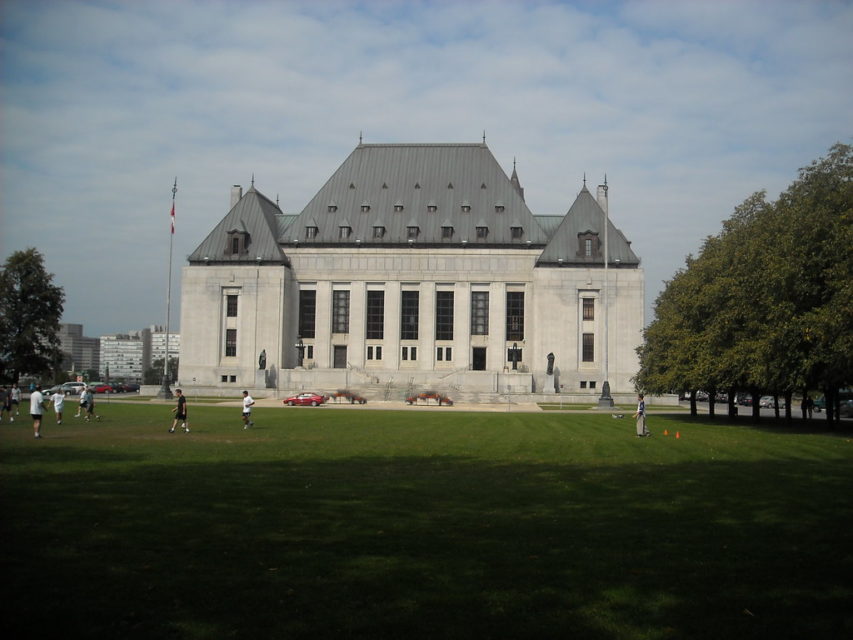Amid rumours that the Trudeau government is contemplating dropping the charge against Admiral Mark Norman, Matthew Fisher retweeted a link to his article from last year, praising the ship and suggesting that it should be renamed in honour of the man who did everything he could to get the RCN’s only current replenishment ship to sea:

MV Asterix
Photo via Canadian Defence Review
Aboard MV Asterix and HMCS Charlottetown – The Trudeau government would have fits, but the Royal Canadian Navy should consider renaming the MV Asterix the HMCS Admiral Mark Norman.
The controversial new replenishment ship, which entered service on time and on budget this past January, has been performing brilliantly for the navy during sea trials. That was the unanimous opinion of sailors on HMCS Charlottetown and on MV Asterix after a series of refuelling exercises with the Canadian frigate and American destroyers during a hunt for three U.S. nuclear subs that I witnessed recently in the Caribbean.
The only hiccup during the five-day war game was on the American side. The crew on one of the destroyers was unable to establish a good seal on the fuel probe Asterix sent over as the vessels sailed at 15 knots in a two-metre sea with about 30 metres of water between them. However, it only took about 10 minutes to fix the problem.
Vice-Admiral Mark Norman, who ran the RCN before becoming the military’s second-in-command, strongly supported leasing or buying Asterix. The admiral was suspended early last year and subsequently charged with breach of trust for allegedly violating cabinet confidences. He is accused of passing on information pertaining to doubts that the Trudeau government was believed to have had about leasing the vessel. Although there were strong signals that it wanted out of the deal, the government eventually decided to honour a contract that Davie had with the Harper government to lease Asterix for five years at will be a cost of $677 million,according to the Globe and Mail.
“I think the Asterix is fantastic,” said Chief Petty Officer 2nd Class Mark Parsons, the Charlottetown’s chief bosun’s mate, who oversaw two approximately hour-long, problem-free fuel transfers from the tanker to his warship. “We have missed that capability since (HMCS) Preserver was retired in 2014” because of electrical problems and corrosion.
Parsons’ opposite number on Asterix, CPO2 Steve Turgeon, served on the 48-year old Preserver until 2013. Since January he has been training four deck crews of 11 navy sailors each to handle refuellings. This has allowed Canada to once again be an independent blue-water navy after several years in which it depended on NATO allies and leased Chilean and Spanish navy tankers for fuel at sea. A fresh group of navy sailors has just begun training on the Asterix, which is participating with two Canadian frigates in the vast U.S.-led, 25-nation Rim of the Pacific naval exercise off Hawaii this month.
And on the legal front:
Later in the day, the news was finally made official: the government has dropped the charge and Vice-Admiral Mark Norman wants his job back:
The newly exonerated Vice-Admiral Mark Norman says he was alarmed by the persistent belief among senior government officials that he was guilty, and that their false assumptions took a significant financial and emotional toll on him and on his family.
On Wednesday, prosecutors stayed the single criminal charge of breach of trust laid against Norman, a major victory for the senior naval officer who has always maintained his innocence in the face of allegations he leaked confidential information about a project to procure a supply ship for the Royal Canadian Navy. In announcing the decision, Crown prosecutor Barbara Mercier told the court it was necessary in part due to new evidence the defence produced in March.
“This new information definitely provided greater context to the conduct of Vice-Admiral Norman, and it revealed a number of complexities in the process that we were not aware of,” Mercier said. “Based on the new information, we have come to the conclusion that given the particular situation involving Vice-Admiral Mark Norman, there is no reasonable prospect of conviction in this case.”
She did not provide any details on what exactly that information was.
The announcement ends the two-year legal battle against the officer and heads off what would have been a politically explosive trial for the Liberal government in the middle of a federal election campaign.
A fascinating little detail is also reported:
[Admiral Norman only] learned from a reporter’s question that Defence Minister Harjit Sajjan had announced the government would pay for his legal fees. “Wow,” was all he could muster in response. In 2017, the Department of National Defence had denied Norman’s request for financial assistance, concluding he was likely guilty.
So even though they’re finally making the right gestures, they still manage to be as ungracious as humanly possible while doing so. It’s not the kind of reputation you’d want to encourage.









